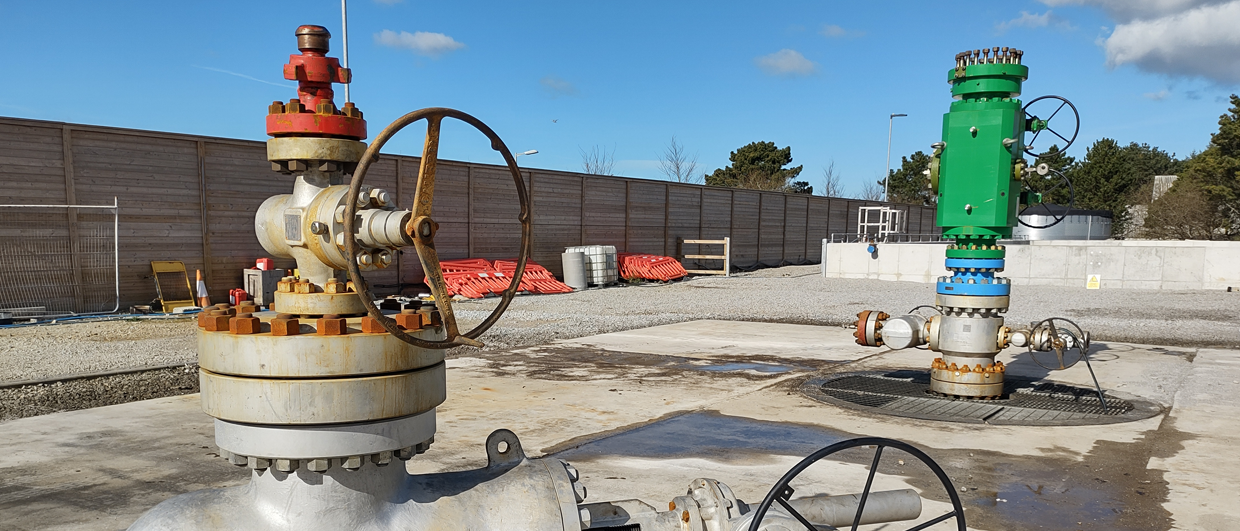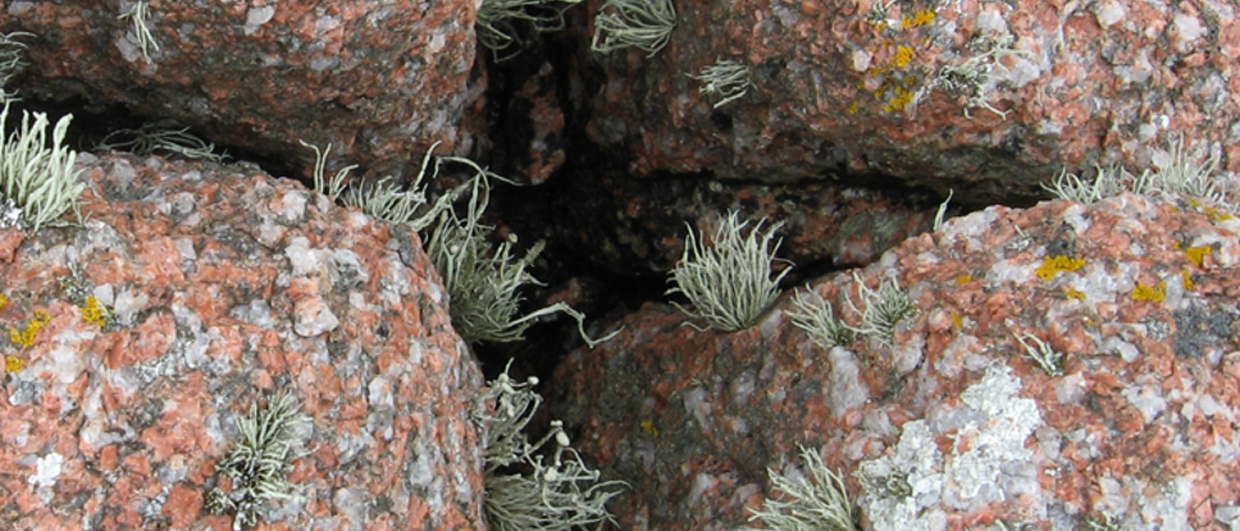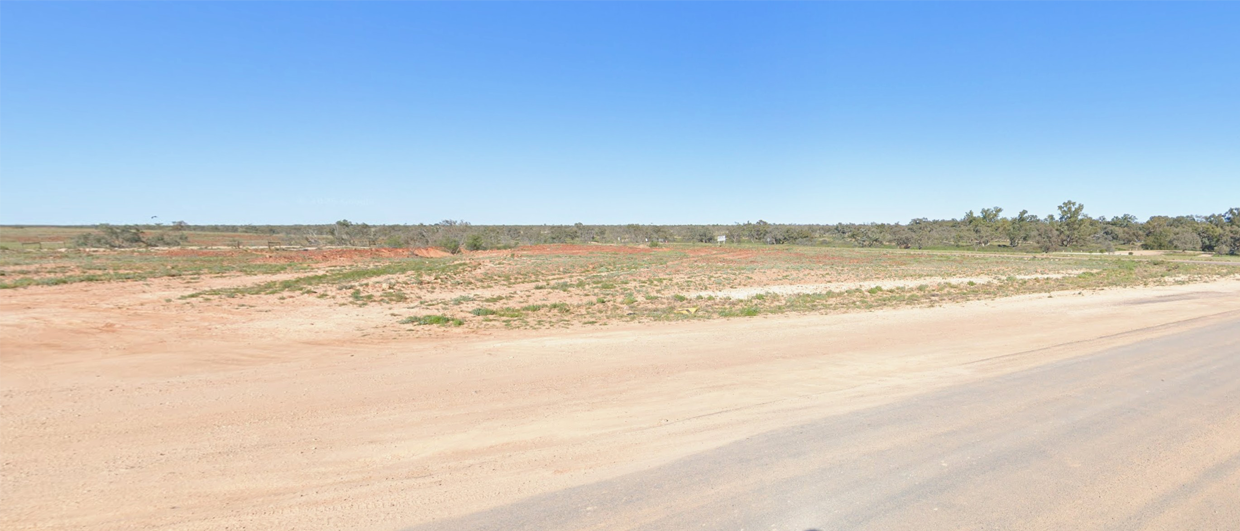“What attracted me to geothermal is the fact that there are still a host of technical challenges to be addressed in order to unlock it as the ideal complement to wind and solar”, said Matt Houde from QUAISE during a recent interview.
With his background in geology and engineering, the co-founder is now trying to commercialise a totally new technique of tapping into the earth’s heat. All with the idea to make geothermal a viable option in more areas.
To realise this, the company has embarked on a research project that includes developing a new way of drilling. “We call it millimetre wave drilling”, says Matt. “It means that we are drilling with electromagnetic radiation using wavelengths of between 1 and 10 millimetres. This is the high-frequency end of the microwave spectrum, and it will essentially vaporise the rocks we are drilling through.”
“This was actually looked at in the 1960’s to enable long-distance communication, only to be taken over by fibre optics later.”
The reason to use this high frequency is that it can be transmitted through pipe for a long distance with very high efficiencies. “This was actually looked at in the 1960’s to enable long-distance communication, only to be taken over by fibre optics later. It shows that transmitting energy this way is not new. The new aspect is that we now use this energy to drill deep into basement rocks”, Matt continues.
Fusion technology
In order to generate the energy to vaporize the rocks deep down – the company envisages drilling projects to 10-20 kilometres deep – a gyrotron is being used. “These devices were developed for the nuclear fusion industry to heat plasma, now we use it to heat rocks”, Matt says. “We envisage we need between 100 kW and 1 MW of microwave power to drill a geothermal borehole to our target depths.”
Even though the rocks are being vaporized, it does not mean that there is no material to be taken care of. “The gas will quickly recondense back to a very fine ash, which will then be taken up to surface by a purge gas. In our case, we will use nitrogen”, Matt explains.
Drilling a QUAISE borehole will still involve conventional drilling though, as the millimetre wave technique only commences at the top of basement. “Our aim is to drill into basement faster and more efficiently with millimetre wave drilling, but conventional drilling is still our best alternative for drilling through the shallower, sedimentary overburden.”
Supercritical fluids
But how to produce the energy from deeper down? Matt continues: “We are aware that basement rocks can be tight. Faulted and fractured zones are mostly a very limited part of the succession, so if we do not find naturally occurring permeability, we create it through hydraulic fracturing and other stimulation techniques deployed in O&G and geothermal.”
Using the millimetre drilling technique, QUAISE aims to target depths where the water reaches temperatures in excess of 374°C. This means that it is present as a supercritical fluid. “At those temperatures, the equivalent electrical power output can be more than 5 to 10 times the amount produced from a more “conventional” geothermal well producing a 200°C fluid”, Matt says. “We think we can reach between 20 and 50 MWe per well.”
At the moment, the company is still running lab tests to fine-tune the drilling technique, but the aim is to do the first pilot demonstration project in the next couple of years. “We are targeting an area with a relatively shallow basement and high heat flows, so the western part of the US will be a good candidate. We are very much looking forward to further maturing our technology this way and hope that we are on track to deliver a scalable, baseload energy resource to the renewable energy mix!”
More information at: quaise.energy





